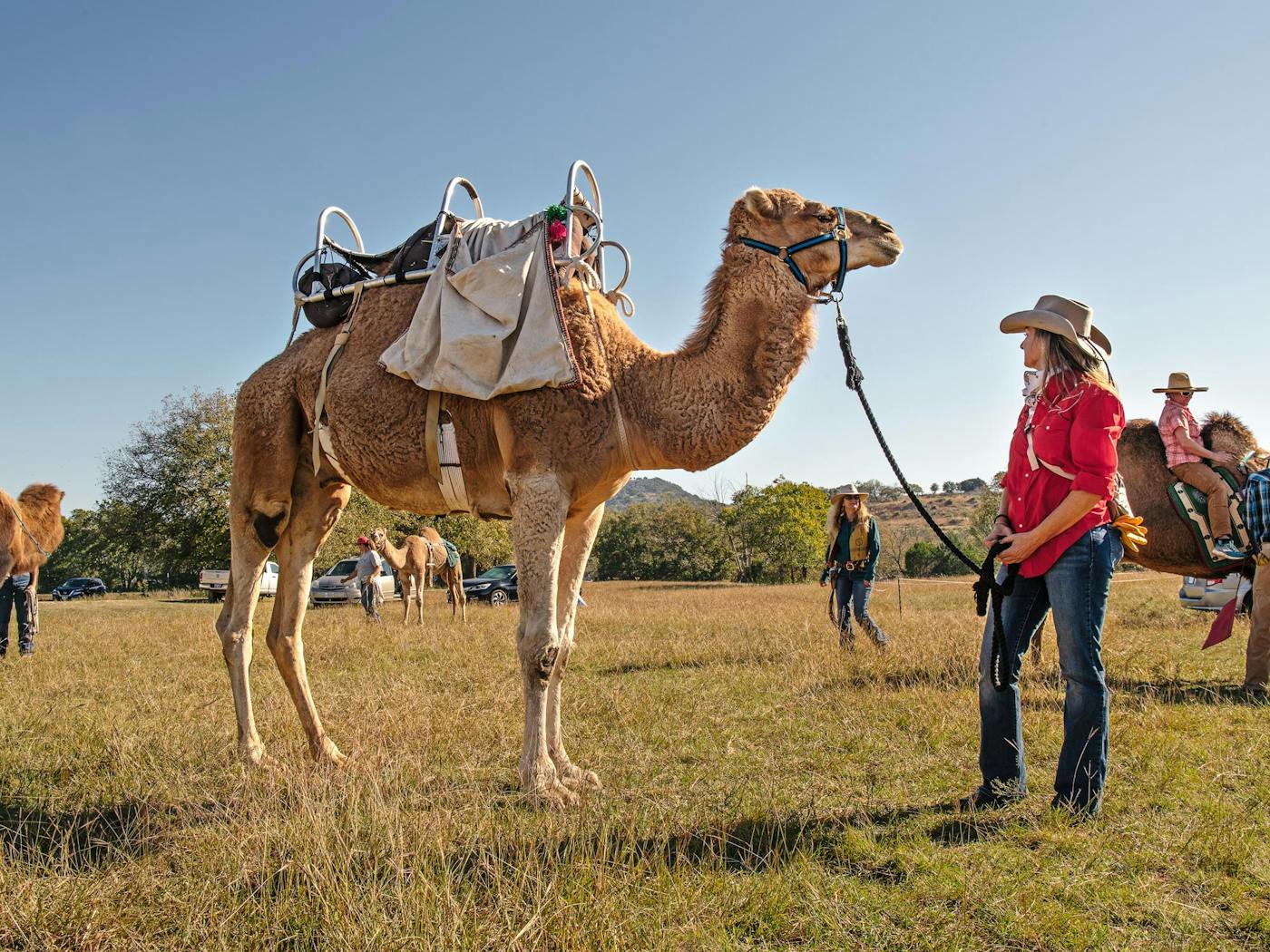The concept of camel hunting in Arizona feels more like a page from a historical novel than a plausible activity in today’s world. However, it carries echoes of a fascinating period in history when camels roamed the Arizona desert, blending historical fact with folklore. Understanding this tale requires delving into the past while exploring its enduring impact on the state’s cultural identity.
The Historical Context of Camels in Arizona
In 1855, the U.S. government launched an ambitious experiment: introducing camels to the arid Southwest. Known as the “Camel Corps,” this initiative was spearheaded by Secretary of War Jefferson Davis to address the logistical challenges of transporting goods across deserts. Camels, with their unmatched stamina, seemed perfect for the task.
Imported from the Middle East and North Africa, these animals quickly adapted to the harsh Arizona environment. Their ability to carry heavy loads over long distances made them invaluable for military operations and trade routes. However, their temperament—often described as unruly—and conflicts with horses and mules led to resistance from soldiers.
The Camel Corps was ultimately short-lived. By the late 1860s, the Civil War and the advent of railroads rendered the project obsolete. Left without a purpose, many camels were sold or released into the wild.
The Era of Wild Camels and Hunting Stories
For decades after their release, wild camels roamed the deserts of Arizona. Stories of settlers encountering these strange creatures became common. Some adventurous individuals attempted to hunt camels for sport or out of curiosity. However, capturing or killing these animals was no easy task. Their size, strength, and ability to thrive in harsh environments made them elusive targets.
One of the most enduring legends from this era is that of the “Red Ghost.” This feral camel, rumored to be haunted or carrying a ghostly rider, struck fear into locals in the late 1800s. While the story was likely exaggerated, it cemented camels as a mysterious part of Arizona’s folklore.
Modern Implications
Today, the idea of camel hunting in Arizona exists only as a historical curiosity. Wild camels disappeared from the region by the early 20th century, with no remaining populations in the wild. However, the concept lives on through Arizona’s cultural heritage.
For those intrigued by this history, the state offers opportunities to explore the landscapes where camels once roamed. Museums, historical sites, and guided desert tours often include stories about the Camel Corps and the animals’ impact on the region.
Could Camel Hunting Return?
While camel hunting as it once existed is unlikely to return, camel-related themes continue to captivate outdoor enthusiasts. In some parts of the world, camels are still used for transportation and even sporting events, such as camel races. In Arizona, the fascination with camels has transitioned into a celebration of history rather than a pursuit of hunting.
Whether you’re a history buff or simply curious about this unique chapter, the story of camel hunting in Arizona provides a fascinating glimpse into the past. It’s a reminder of how innovative yet unpredictable experiments shaped the Southwest’s history.





